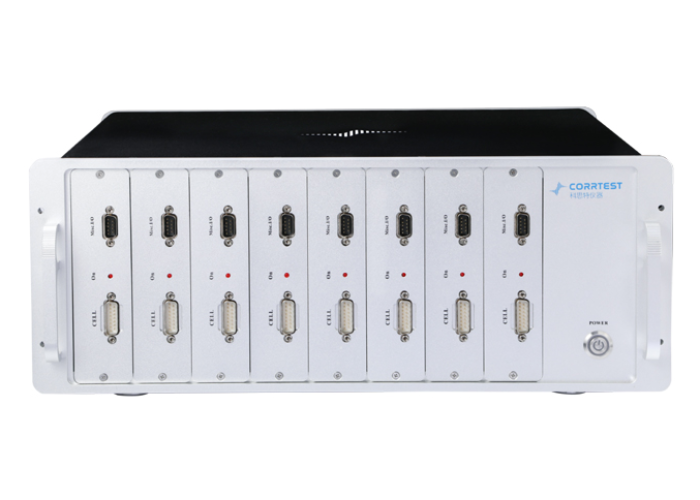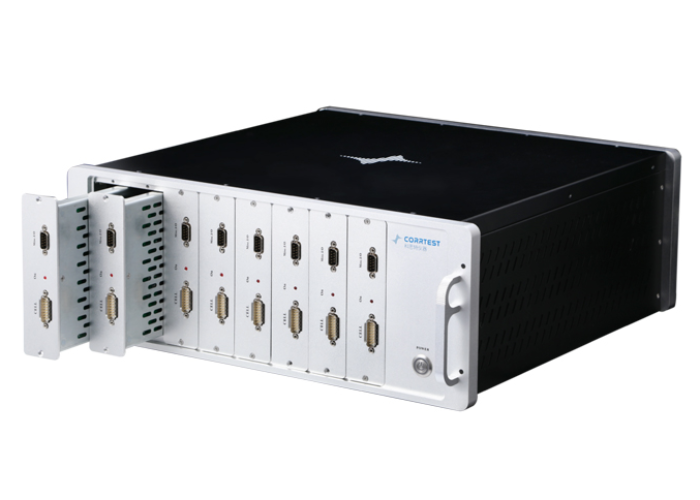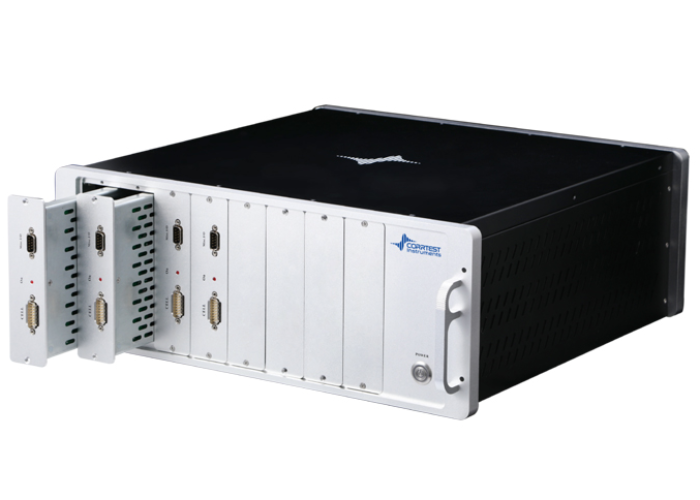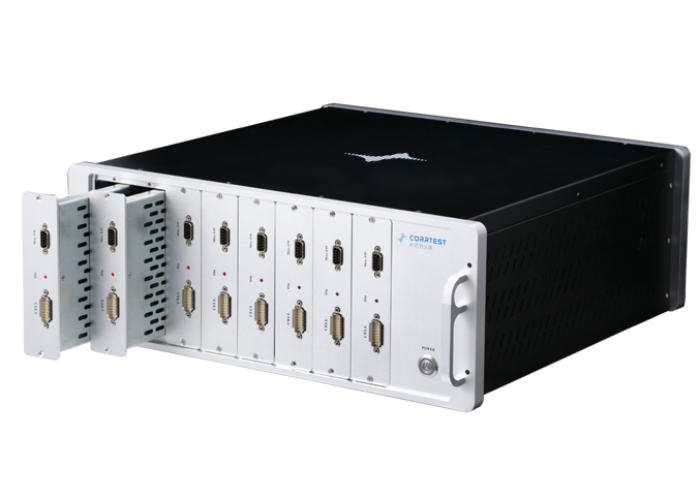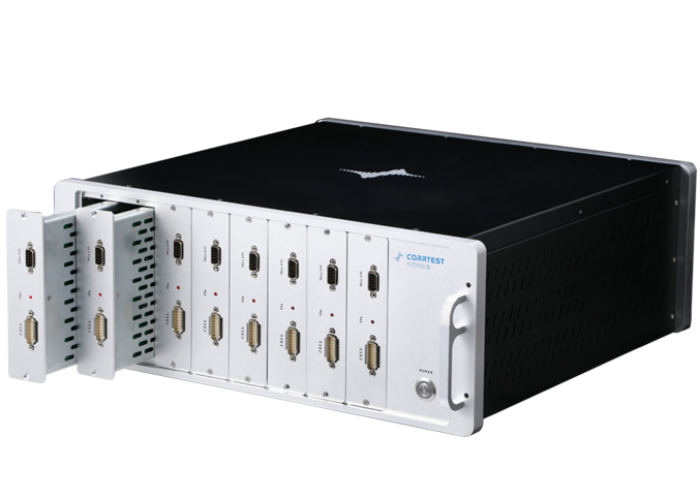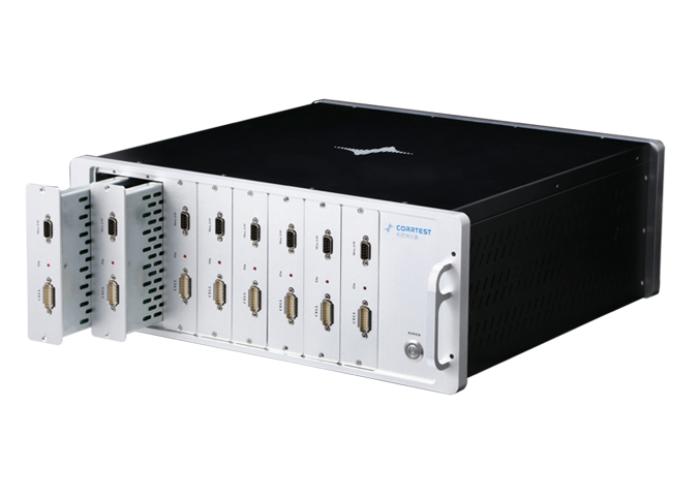
Multichannel (4-Ch, 1-EIS)
4-channel, with EIS module included on ONE channel
Multichannel (4-Channels with EIS in 1-Channel) Highlights
This Multichannel potentiostat/ galvanostat/EIS is a versatile instrument offering 8 slots. This Multichannel potentiostat/ galvanostat is the 4-channel potentiostat with 1-channel EIS. You have 4 slots occupied with potentiostat boards and 4 slots idle for adding potentiostat board(s) to expand channels in the future. It means that you can have 4 sets of potentiostat/galvanostat, and they’re integrated into one chassis independently. EIS module (10 µHz to 1 MHz) is equipped 1 channel. Each channel’s potential control range is ±10 V, and the current control range is ±1 A, which can meet the experiment requirement for most people.
The full floating module and electrical isolation design guarantee that each channel is totally independent, which ensures accurate data and efficient simultaneous measurements. The multichannel potentiostat is convenient for those with many samples and is an ideal device for studies of energy materials, batteries, metal corrosion, etc.
Applications
- Reaction mechanism of Electrosynthesis, electrodeposition (electroplating), anodic oxidation, etc.
- Electrochemical analysis and sensor;
- New energy materials, advanced functional materials, photoelectronic materials
- Corrosion study of metals in water, concrete soil etc.,
- Fast evaluation of corrosion inhibitor, water stabiliser, coating and cathodic protection efficiency.
Advantages
- High current/voltage: Applied potential range ±10V, current ±1A. It can meet the needs of most studies.
- Comprehensive techniques: Built-in EIS (10 µHz to 1 MHz) is equipped. There are comprehensive techniques in each channel.
- Warranty: 3 years warranty. We’re the manufacturer, and our engineers will provide technical support anytime you need.
- Low cost: The price includes instrument host, software (experiment control & data processing), necessary cables, dummy cell.
Standard supply for Option A
- Instrument host *1
- CS studio software package *1
- Power cable * 1,
- Ethernet cable *1
- Cell/Electrode cable *8
- Dummy cell *4
Techniques in each channel – CS310X Option A
(EIS is included in 1 channel)
Simultaneous Measurements
You can run a same experiment for each channel at the same time. Set the same parameters for each experiment once and run all independently. It’s especially useful when you have many samples for one single test.(Just for example, there is only one channel including EIS for Option A).
You can also choose different experiment in each channel. Set the parameters for each experiment, and run each experiment independently.
Technical Specifications
Precision engineering for accurate measurements
Methods/Techniques
Want to learn more about these techniques?
Check out our Introduction to Electrochemical Techniques blog for an in-depth overview of their principles and applications.
Resources & Downloads
Everything you need to get started
Multichannel Potentiostat CS310X-A Brochure
Customer Reviews
Related Product
Explore our precision instruments designed for electrochemical research and energy applications
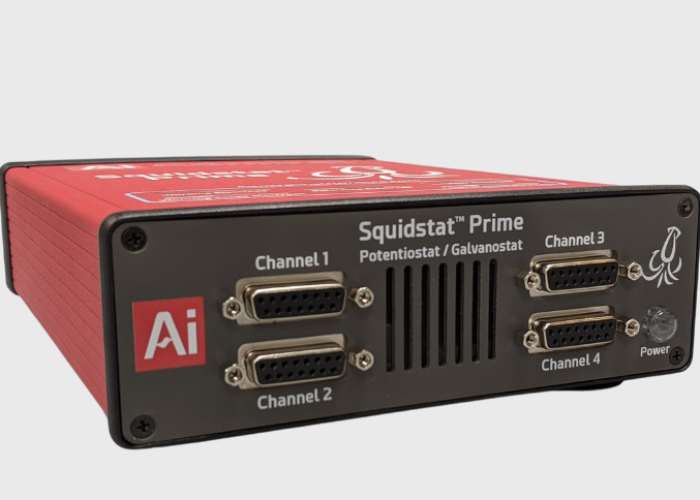
Squidstat Prime
- Compliance voltage: : ±10 V
- Voltage scan range:: ±10 V
- Maximum current:: ±250 mA per channel
- Channels per unit:: 4 independent DC channels
- Onboard memory:: 16 GB
Still Wondering About Something?
Explore our FAQ for fast, clear answers to the most common questions—available 24/7.

